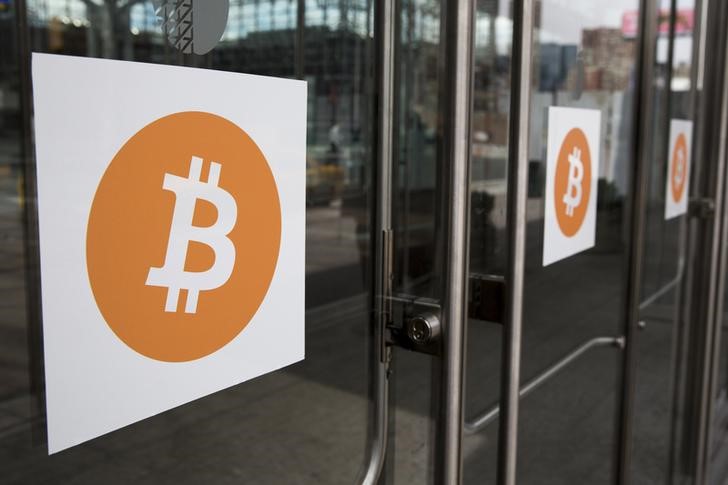Benzinga traveled to Permissionless, a cryptocurrency, DeFi and NFT conference hosted in West Palm Beach. Industry leaders among the likes of top VCs spoke at the event, and we have insider takes on the Terra Luna collapse, as well as what these founders, executives, and developers have been building in Web3.
Who better to talk to about the collapse of UST than Acala Network, the stablecoin protocol built using Polkadot’s layer 0 blockchain technology? Acala Network has developed a collateralized stablecoin –– aUSD –– intended to be the dominant multichain stablecoin.
Let’s dig into our conversation with Dan Reecer, Chief Growth Officer at Acala Network, to see why aUSD is needed, and how it’s different from algorithmic stablecoins (i.e., UST) and centralized stablecoins (i.e., USDC and USDT).
“For centralized stablecoins, there's a little bit of susceptibility to potential censorship from organizations who have a vested interest in the jurisdiction they’re in," says Reecer. "With decentralized stablecoins, just like the name says, there's no tie to traditional finance or governments or even the traditional financial rails.”
He then distinguished algorithmic stablecoins and collateralized stablecoins:
“And then the other category in the decentralized stablecoin world is algorithmic stablecoins, which are not backed by any assets, but rely on a sort of a mechanism to stabilize the price to $1. So I think those are the key differences, is that decentralized stablecoins are either backed by crypto assets or algorithms, and then centralized stablecoins like USDT and USDC are backed by real fiat dollars.”
For background, decentralized stablecoins rely on hard-set blockchain code, while centralized stablecoins rely on a company to handle the collateralization of their stablecoins.
Benzinga then asked Dan why Terra Luna’s stablecoin UST failed:
“UST was kind of an experimental stablecoin that was trying to stabilize its peg using various methods. First, by minting and burning LUNA as the price rises and falls, there was a mechanism to incentivize the community to arbitrage either LUNA or UST to try to keep the peg as close to $1 as possible.At the end of the day, Terra Luna simply ran out of Bitcoin to sell off to support UST’s price, and the burn mechanism in place wasn’t able to repeg UST to $1, even after exhausting the vast majority of LUNA’s value.A lot of people in the crypto ecosystem were predicting [the crash] would happen once the peg fell below a certain point, like when it fell to $0.95, $0.90. There's a lot of arbitrage and a lot of value that has to be put into that stablecoin to bring it back to a dollar. And people refer to this as the death spiral when it reaches a certain point where the peg cannot return to $1.
Next, we inquired how aUSD is different –– is Polkadot’s stablecoin subject to similar risks?
"aUSD is an over-collateralized stablecoin," says Reccer. "If you want to make a comparison, the easiest comparison to make is a multichain version of DAI. So DAI, one of the most proven models of stablecoins in the Ethereum world, but pretty isolated to just that one blockchain. aUSD is built natively with Polkadot's SDK called Substrate, and it will be native to hundreds of blockchains that are connected to both Polkadot and Kusama.
"aUSD is overcollateralized using various crypto assets like DOT and ACA, Acala’s native token. And then in the future, cross-chain assets like Bitcoin, ETH, and other parachain assets [will be used.] Over-collateralization means that let's say for example, for every $100 you have in collateral, let's say you have $100 of DOT, you can take out $50 worth of aUSD. So you have two times as much collateral as you do the stablecoin in this collateralized debt position."
In short, aUSD and UST are fundamentally different. While all stablecoins hold certain risks, it appears that collateralized stablecoins are generally much safer than algorithmically-backed stablecoins.
To learn more about Polkadot and its parachain, check out the press release from Polkadot’s parachain launch.
© 2022 Benzinga.com. Benzinga does not provide investment advice. All rights reserved.
